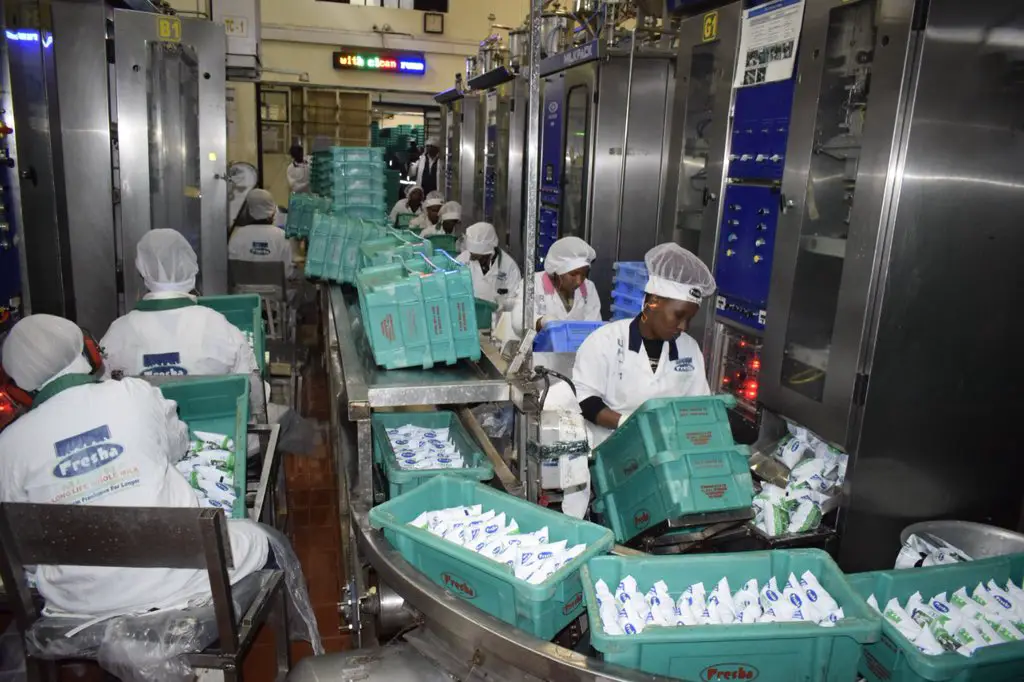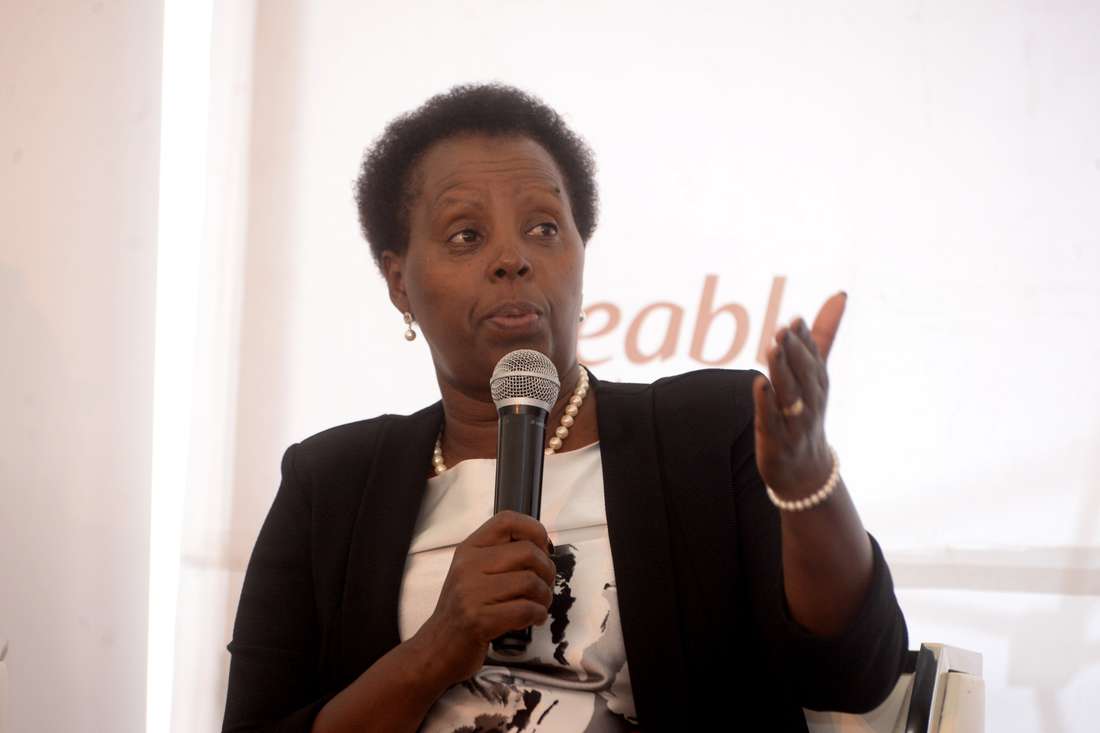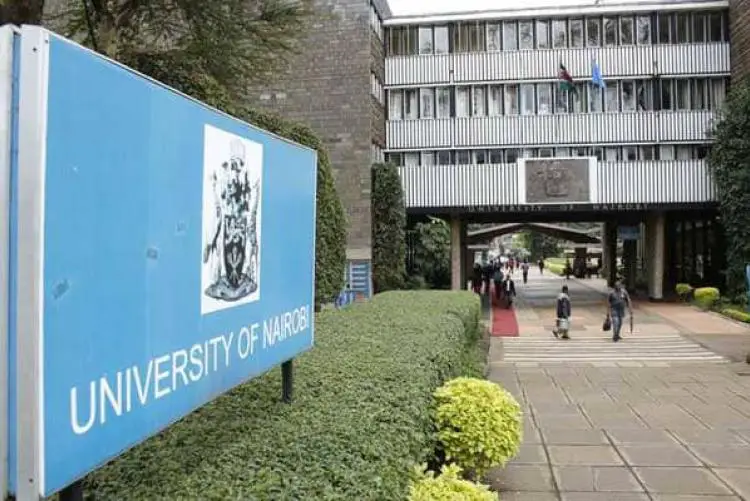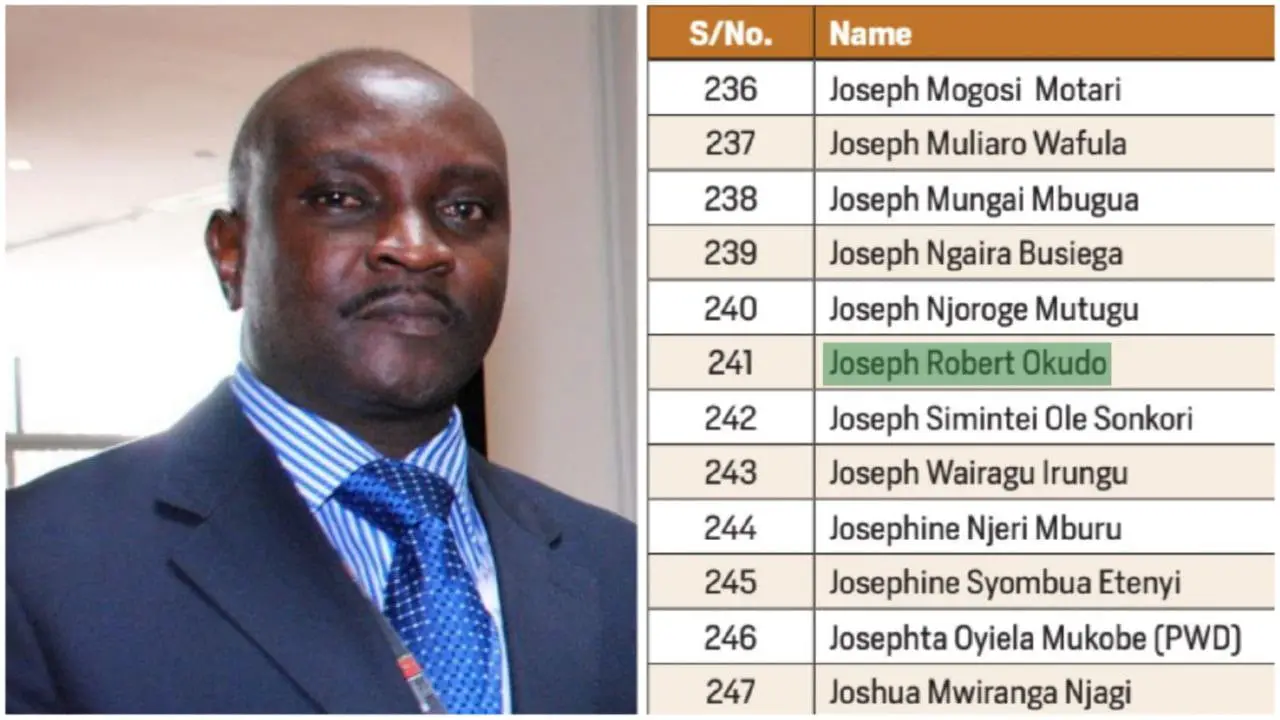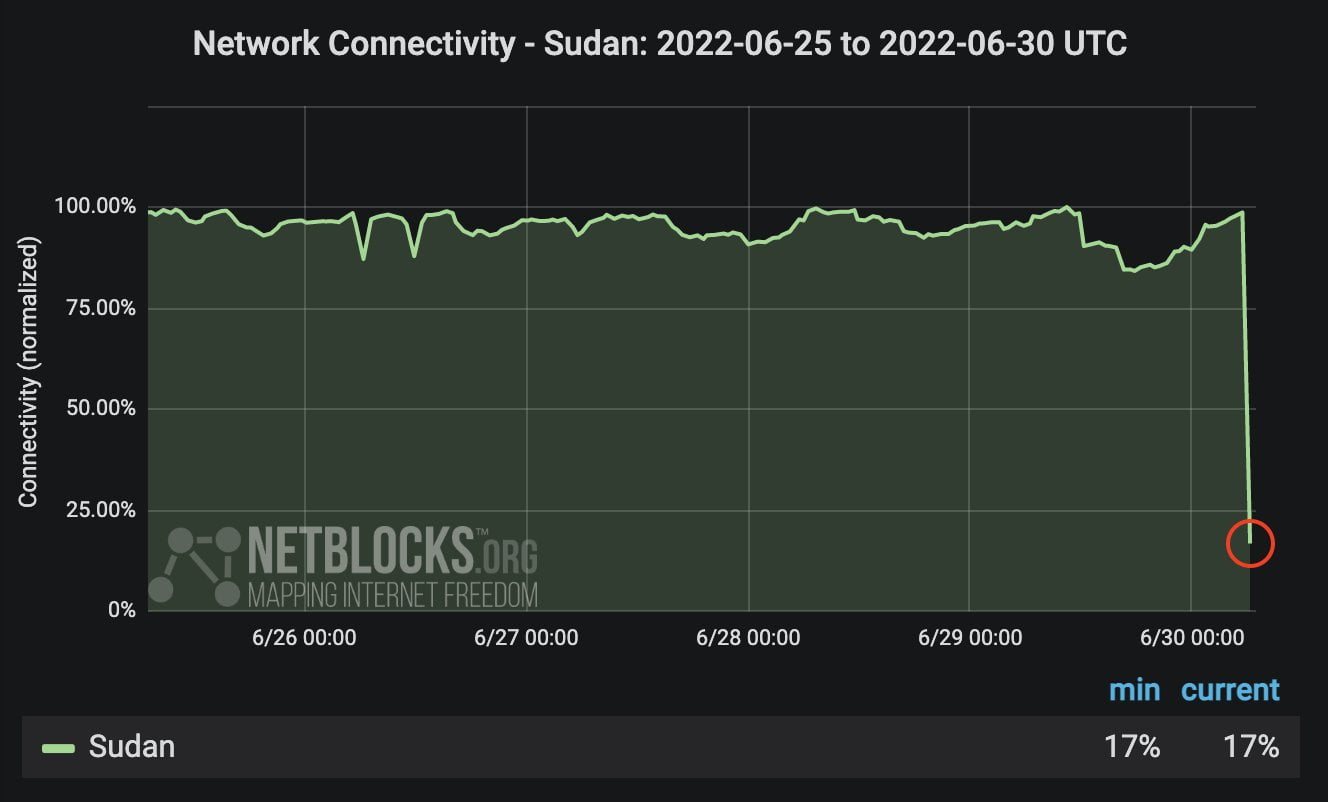[ad_1]
How much money are you planning to spend this festive season? What percentage will go towards travel, foodstuff and to your parents? Do you feel financially stronger than you were last Christmas?
The cost of living may have shot up, with less disposable income over the years, but for many Kenyans, the Christmas tradition has remained largely unaffected.
They still travel, shop and gift family and friends in spite of the tough economic times.
All over the country, long queues can be witnessed at bus termini as Kenyans travel to various destinations for Christmas. Neither the sheer numbers of those travelling nor the hiked bus fares has deterred them.
Thousands others have been thronging supermarkets and gift shops in readiness for the festivities.
It seems as if the prohibitive economic environment has not dampened Kenyans’ quest to indulge during this period. But is that the case? Do Kenyans feel better off financially compared to last year, for instance? And how will they be spending their money this Christmas?
The findings of a recent survey by Trends and Insights for Africa (TIFA), a market research company, indicate that 11 percent of Kenyans do not intend to spend money at all this Christmas, due to the harsh economic times.
To highlight the declining state of the economy, 42 percent of Kenyans surveyed plan to spend less than they did in the last Christmas.
Only three out of 10 respondents hope to spend more than they did last year. Six percent of Kenyans will spend the same amount they did in 2018.
The survey, conducted between December 17 and 22, shows that Kenyans will spend an average of Sh4,348 on travel and accommodation, foodstuffs, clothes and family.
This Christmas, Kenyans will spend more on food and drinks and their parents, the survey shows.
Expenditure for the festivities varies from county to county, with some outspending others by far. Those in the North-Eastern part of the country are more likely to loosen their purse strings than those from elsewhere in the republic, spending an average of Sh7, 879 on these commodities.
At an average of Sh3,498, which is also below the national average, people from Nyanza will spend the least, compared to Kenyans from other parts of the country
According to the survey, people from North-Eastern Kenya will spend roughly Sh7,200 on travel, Sh11,800 on food and Sh4,910 on clothes. An additional Sh7, 500 will be spent on parents and family. The average expenditure on these items is Sh7,879, which is Sh3, 531 above the national average.
The survey shows that Kenyans from Central will speed the least on travel, paying an average of Sh1, 993.
Data from the Kenya National Bureau of Statistics show that the price of a 2kg packet of maize flour rose from Sh84 to between Sh130 and Sh135 in November this year, compared with the same period last year, a 55 percent rise, and the highest for a food product.
In the same period, the price of a kilo of tomatoes rose from Sh67 to Sh96, a 43 percent rise.
It is this consistent and steep increase in the cost of foodstuffs and other essential commodities that seem to have pushed Kenyans to the wall in the build-up to this year’s festivities, making them expenditure-averse.
Away from expenditure, the survey also sought to find out how Kenyans are faring financially. Worryingly, 60 percent feel worse off financially compared with the same period last year.
So, what factors are pushing these trends?
Most Kenyans attribute their financial woes to rampant corruption in the government, unemployment, the high cost of living and poverty.
Eleven percent of those sampled believe their financial status has remained fairly stagnant in the last 12 months.
Only 21 percent say their financial well-being has improved since last Christmas.
But even as Kenyans complain of being in a worse financial situation, the distribution across the country is not even, with Some regions are doing better than others.
The Eastern region has the largest number of people (78 percent) of people who feel their financial situation has deteriorated.
In Ukambani, Embu, Meru and Isiolo counties, which form part of the former Eastern Province, only two percent of the people surveyed believe that their financial status is at the same level it was last year.
Meanwhile, Rift Valley had the highest percentage of people who said their economic well-being has improved, with 33 percent.
This could be partly attributed to the region’s high agriculture and business activities.
Interestingly, 70 per cent of those surveyed in North-Eastern Kenya could not tell whether their economic well-being had improved or not in the last year.
A total of 765 people took part in the survey, 51 percent of them women.
[ad_2]
Source link


